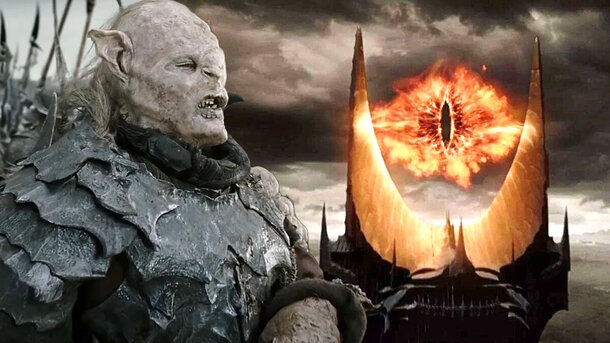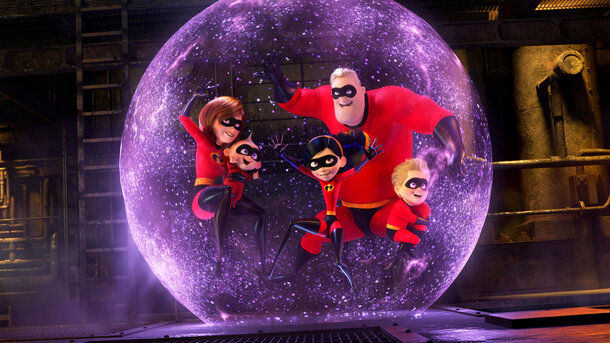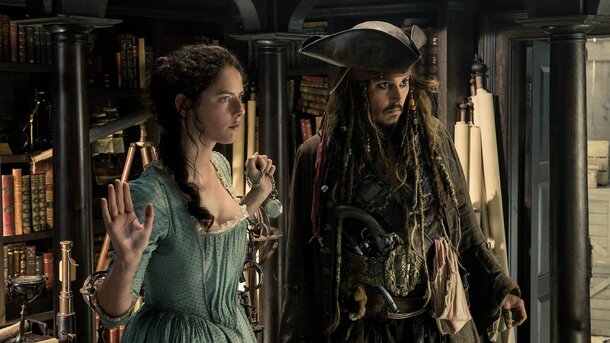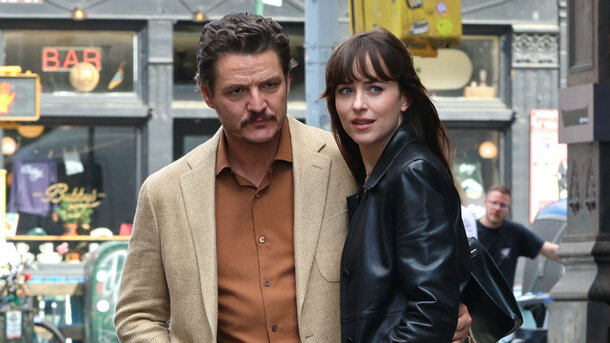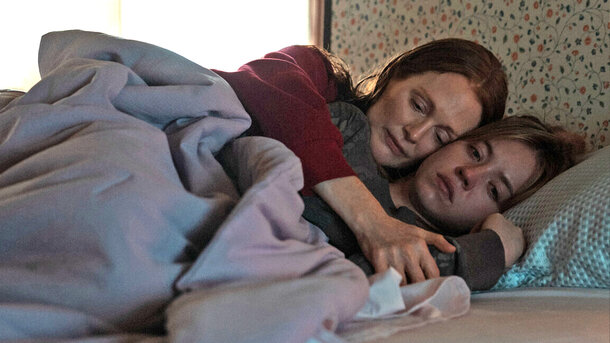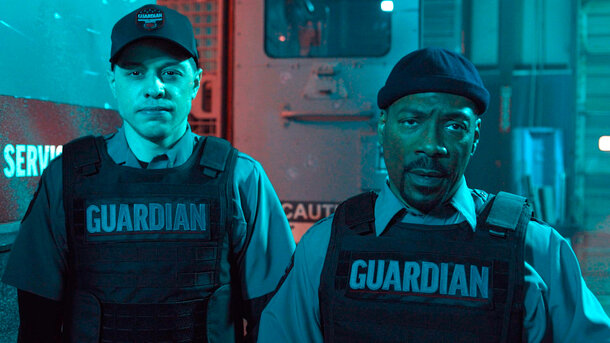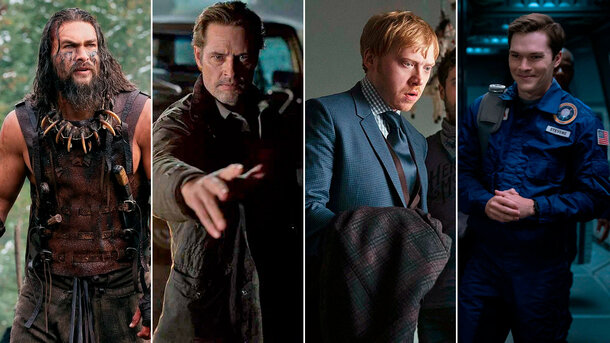In The Return of the King, Sauron never appears in physical form, yet his influence is deeply felt — thanks in part to characters who reflect his different aspects. The Mouth of Sauron shows his manipulation, the Witch-King his dominance, but Gothmog embodies pure cruelty.
Played by Lawrence Makoare and voiced by Craig Parker, Gothmog commands the armies of Mordor in battles at Osgiliath and Minas Tirith. His sadism is unforgettable — whether twisting a spear into a soldier or ordering decapitated heads to be launched over city walls. Unlike the brute-force Uruk-hai from The Two Towers, Gothmog is cold, calculating, and disturbingly intelligent.
A Name with Deep Roots in Tolkien’s World
In Tolkien’s text, Gothmog is briefly mentioned as the lieutenant of Minas Morgul, with no clear species or description. But the name itself carries weight: in The Silmarillion, Gothmog was the Lord of the Balrogs, Morgoth’s greatest enforcer, who famously killed the Elven High King Fingolfin.

Reusing that name — like Grond, the battering ram once Morgoth’s weapon — adds mythic terror, especially for characters like Gandalf, who would know its dark history.
Symbolism, Rumors, and Cinematic Impact
Peter Jackson’s version of Gothmog is more than just an orc. He represents the festering rot of Mordor’s evil — a twisted reflection of Sauron’s hatred. His declaration, "The age of men is over. The age of the orc has begun," sums up that nihilistic vision.
One lasting rumor adds another layer: Elijah Wood revealed that at least one orc’s design was based on Harvey Weinstein, a 'screw you' from the creative team after early conflicts with the producer. While it’s unconfirmed that Gothmog was the one, fans have drawn connections.

A Monster Shaped by Myth and Malice
Tolkien never confirmed what Gothmog was — orc, mutant, something worse. But in Jackson’s hands, he becomes a uniquely terrifying villain. Named after a Balrog, acting with strategic cruelty, and designed to unsettle, Gothmog bridges ancient evil with modern fear.
We may never know exactly who — or what — he is. But his presence on the battlefield, and in The Lord of the Rings legacy, is impossible to ignore.
